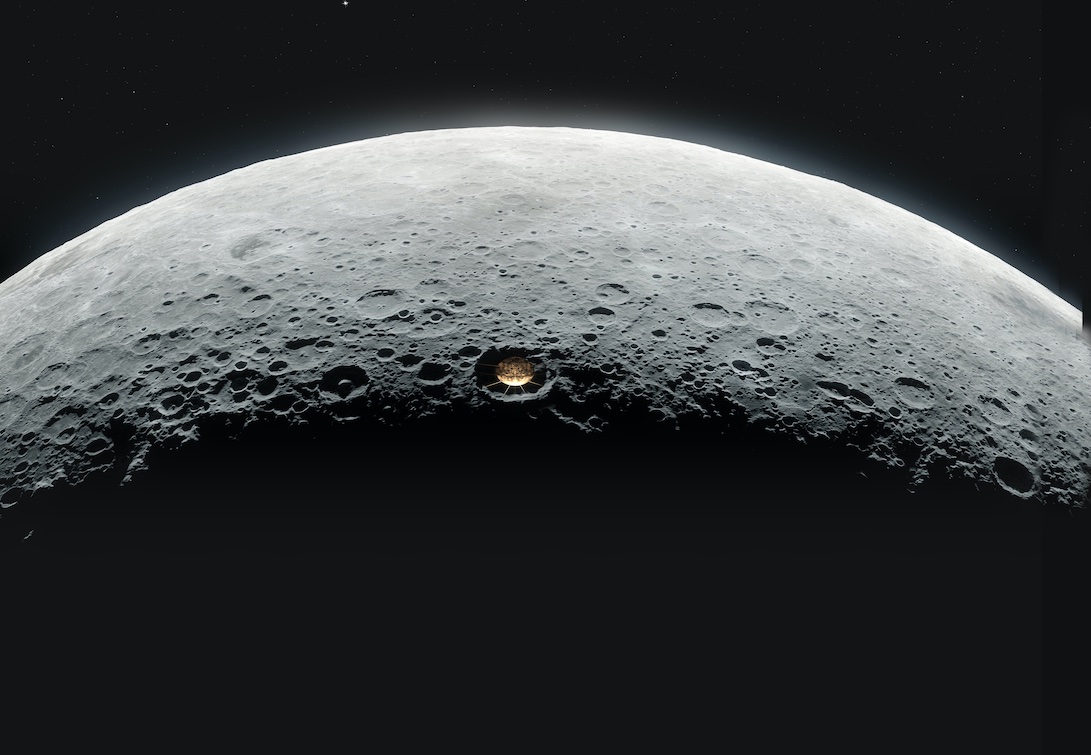
Key Takeaways:
- Future telescopes will study exoplanets and the early universe.
- Advances in AI will revolutionize astronomical data analysis.
- Gravitational wave astronomy will become much more common.
- “I am guessing that we will find something strange about the early universe.” said John Mather.
Trying to predict anything about science or technology a half-century in advance may seem like folly.
But there’s a reason we’re willing to go out on a limb. For one, astronomy is a field in which looking 50 years ahead doesn’t seem so far-fetched. The project that would become the James Webb Space Telescope (JWST), which is currently revolutionizing the field, was first proposed in writing in a 1996 report, a quarter-century before its launch. Its successors are already in the works. Thus, we are only extrapolating a couple of generations of flagship observatories into the future.
To get a bead on where the field will be 50 years from now, we asked a panel of astronomers, many of whom are contributors to this magazine. Enjoy this preview of the next 50 years — and be sure to check back to find out how we did.
Blueprints for the future
John Mather
It’s easier to think of what we can build than what we might discover, because with building we can see the steps. And we have instruction books: the reports from committees, like the decadal surveys published by the U.S. National Academies of Sciences.
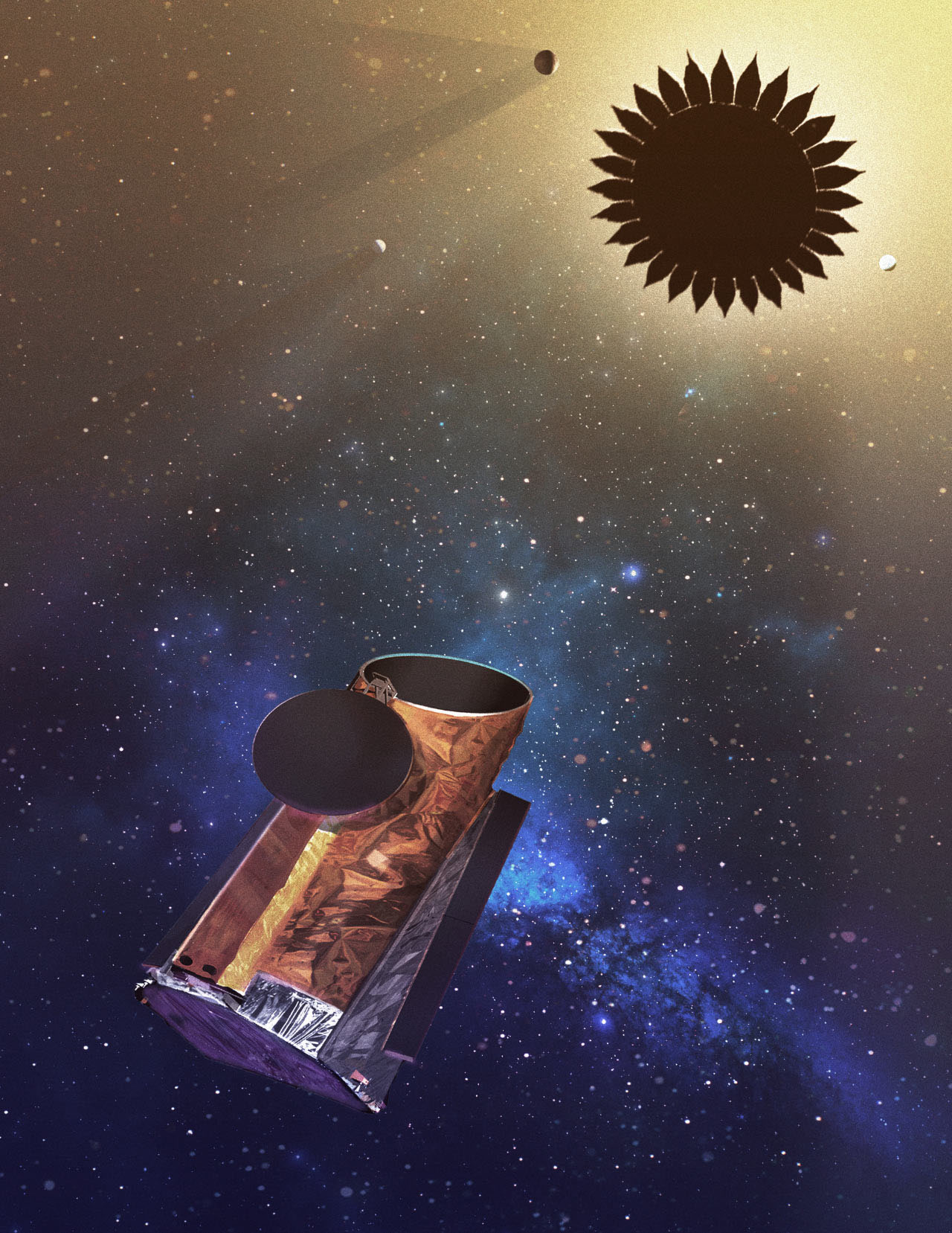
We’ve already got our hands full with wishes for observatories. We’ve wished for the Habitable Worlds Observatory, a Hubble Space Telescope on steroids that will see Earth-like exoplanets around Sun-like stars. We’ve wished for a far-infrared observatory, the Origins Space Telescope, to detect molecules in cold, dusty objects and see stars and planets forming. We’ve wished for the Lynx X-ray observatory, to understand extreme temperatures around black holes and explosions of all sorts. At the rate of one per 20 years, we won’t have all of these telescopes until 2083, and then it will take more decades to use them and make sense of the data. Our decadal surveys are really wish books for a century.
What might we discover? I think life is a thermodynamic imperative, that it will begin quickly wherever conditions are suitable. But we don’t know what governs the timescale for the growth of complexity into civilizations, and we don’t know which conditions are suitable. We do know that planetary systems like ours — four rocky planets, an asteroid gap, and four cold gas giants — are rare. Quite possibly our own situation with a very large moon to stabilize our planet’s tilt is a necessary condition for our own existence. Finding another place like home may be the most difficult problem in astronomy, requiring much larger telescopes in space than we can yet design. There’s no law of nature against them; we can build them when the time comes. But not this year.
I am guessing that we will find something strange about the early universe. The first objects that grew after the Big Bang might surprise us, and we already know from JWST that the first galaxies we can see are bigger, brighter, hotter, and quicker than we expected. We still can’t tell how the supermassive black holes in the centers of galaxies were formed, or how they grew so large so fast.
Will we understand dark matter and dark energy? They seem unobservable in laboratory experiments, and all we know so far from astronomy is their gravitational effect on ordinary matter. Neither were predicted by theory based on the other three forces of nature.
A breakthrough could occur at any time, and when it occurs, we may say, “Why didn’t I think of that? It’s so obvious!” But more likely, the solutions will come from some shocking extension of curved space-time geometry into higher dimensions and quantum mechanics that would astonish even Einstein. We are already confronted with the mysteries of quantum entanglement — that measuring a particle in one place can instantly affect a particle across the universe. Perhaps the interpretation of measurement and wave functions — the equations that describe the infinitude of quantum possibilities — will finally be firmly established.
In addition to new telescopes, we have new computing tools. We can already make movies of the history of the universe based on hypothetical initial conditions and the laws of physics, just as we can predict the weather with hydrodynamic codes. These simulations are limited: As objects evolve and become smaller and hotter, the computation to describe them becomes too difficult to include in the original simulations. But AI may allow us to overcome this by reducing the computation necessary to get good results.
Jumping ahead, I see no law of nature preventing artificial general intelligence, a form of AI that truly understands the words it uses to talk with us. Given the billions of dollars being spent every year, and the immense motivations leading to those budgets, I think it’s only a matter of time. We don’t have to understand how it works to use it. We don’t understand the human mind, either. Be ready to be amazed.
John Mather is senior project scientist for the James Webb Space Telescope. He shared the 2006 Nobel Prize in Physics for discovering the nature of the cosmic microwave background.
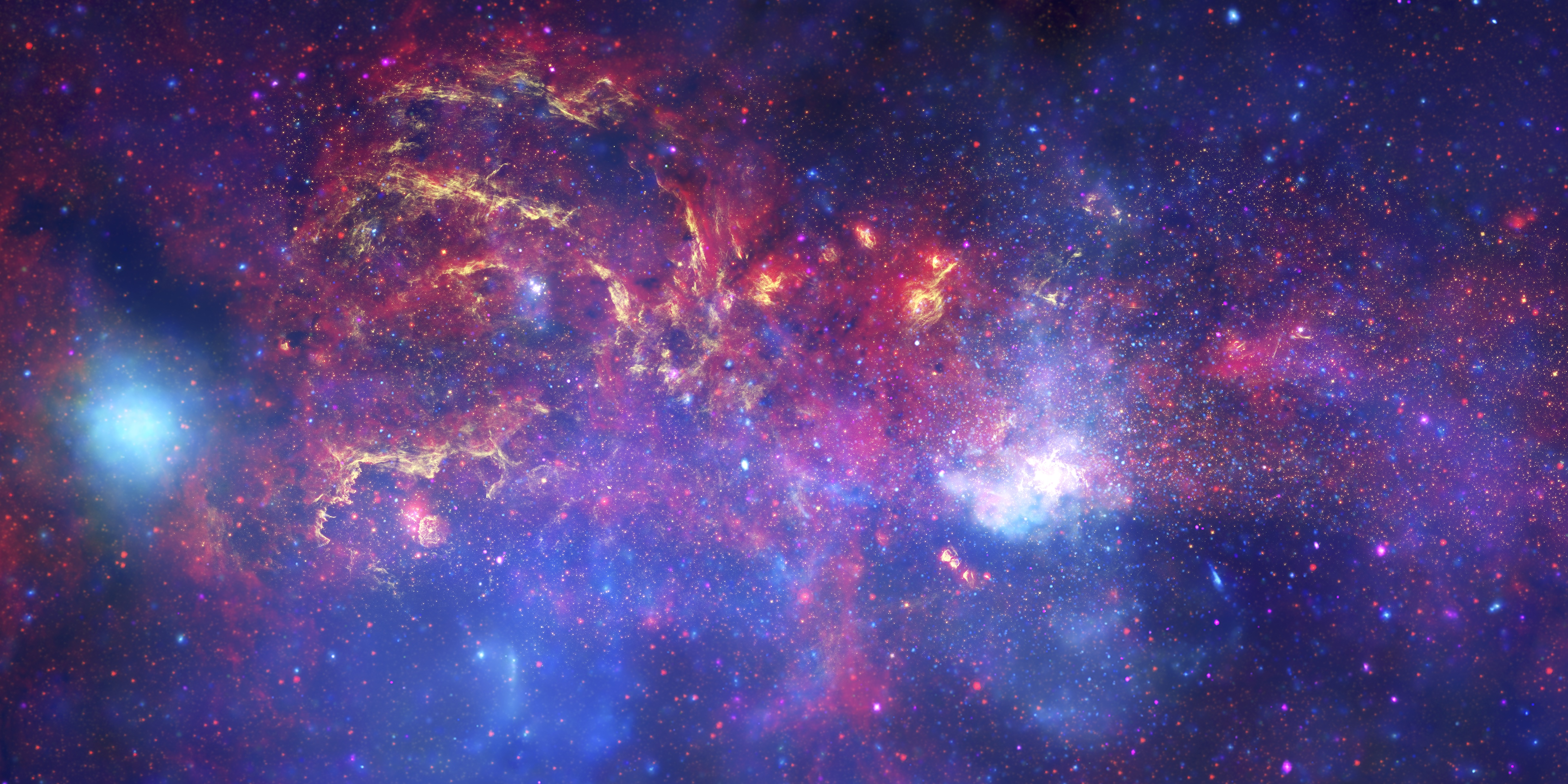
A 50-year grand adventure
Yvette Cendes
One thing that particularly excites me when thinking so far ahead is that it’s reasonable to imagine we’ll have a sizable radio telescope on the far side of the Moon. This is important to shield the telescope from all the human-generated radio frequency interference (RFI) on Earth. It will also open up the lowest frequencies from space that are blocked by Earth’s ionosphere. There’s probably some exciting new science down there we don’t know about! However, I anticipate this observatory will be automated and I will never see it with my own eyes — with remote observing now routine, it seems hard to imagine a farside lunar radio telescope wouldn’t be, too.
I think we will still have ample amounts of radio astronomy occurring on Earth (as long as we get a handle on regulations for satellite megaconstellations and don’t run out of resources due to catastrophic climate change). This is because of the revolution that will come in the next decade from the construction and commissioning of the Square Kilometer Array (SKA) in Australia and South Africa and the Next Generation Very Large Array (ngVLA) in North America.
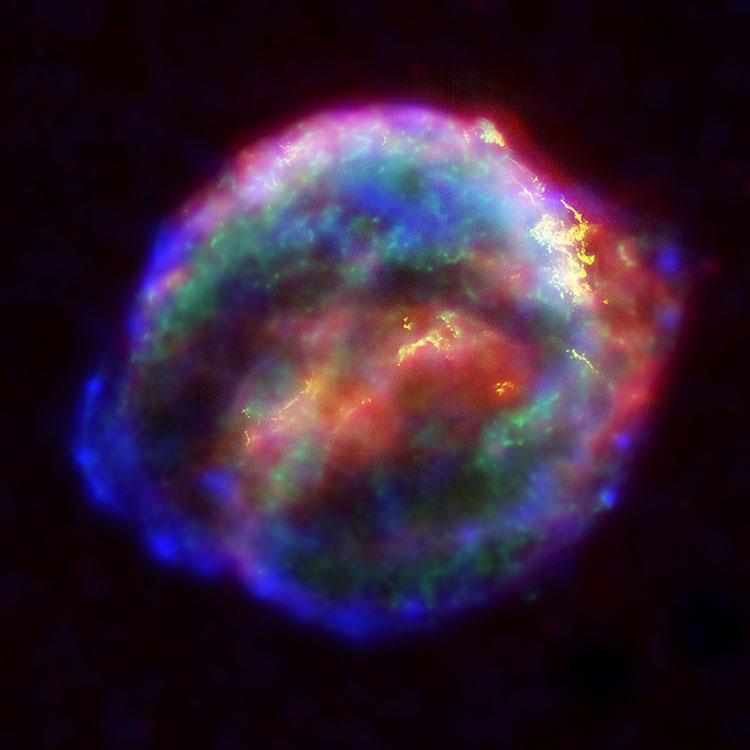
That places 2073 roughly as far into the future from the construction of the SKA and ngVLA as we are now from the construction in the 1970s of the original Very Large Array, which is still my primary science instrument today. While there is great optimism about the cost of space launches going down over coming decades, for complicated arrays that literally span continents, it will still be cheaper to maintain and upgrade these workhorses on Earth than put a new one into space.
I am also particularly excited about how routine gravitational-wave (GW) astronomy and follow-up will be in 50 years. Right now, a sizable fraction of the planet’s astronomers and telescopes scramble after a promising signal, but by 2073, we’ll probably have hundreds of such alerts every week from many GW-emitting objects we have no chance of detecting now. Thanks to the next-generation Cosmic Explorer observatory, NASA’s spaceborne Laser Interferometer Space Antenna (LISA), and their successors, it will be a completely different kind of astronomy, and a complete game changer!
On the science side, I am fairly confident we will have proof of life elsewhere in the universe — maybe not via signs of extraterrestrial intelligence, but instead via the confirmation of biosignatures on exoplanets. Life is a chemical process, after all, so it seems the height of hubris to assume it only happened on Earth. In the next 50 years, our technology should be able to detect it.
Also, I very much wish that by 2073 we will mark the first supernova observed in our own galaxy in nearly 400 years, potentially bright enough to see with our own eyes. A galaxy the size of the Milky Way should have a supernova every 50 to 100 years, and we are overdue. There’s no way of knowing when we will see the next one, but it will either be a highlight of my career — or its biggest disappointment, if we wait another 50 years without one.
Finally, one favorite thing to think about is that if we know anything about history, it’s that in 50 years there will be exciting and new mysteries we can’t even begin to contemplate today. (Heck, we’re talking eight years after the next pass of Halley’s Comet, which, frankly, is the furthest ahead I tend to think in my astronomical lifetime.) When Astronomy was founded, no one had a clue what dark energy or fast radio bursts (FRBs) were, or that exoplanets are as common as stars. Today, these are at the forefront of active research. While none of us know what the future holds in science, the only thing we can bet on is that it will take us in exciting directions we don’t know exist yet — a grand adventure in itself. I can’t wait to see how it will unfold!
Yvette Cendes is a radio astronomer at the Center for Astrophysics | Harvard & Smithsonian. She studies variable and transient sources, with a particular interest in supernovae and tidal disruption events.
Unpacking inflation
Adam Riess
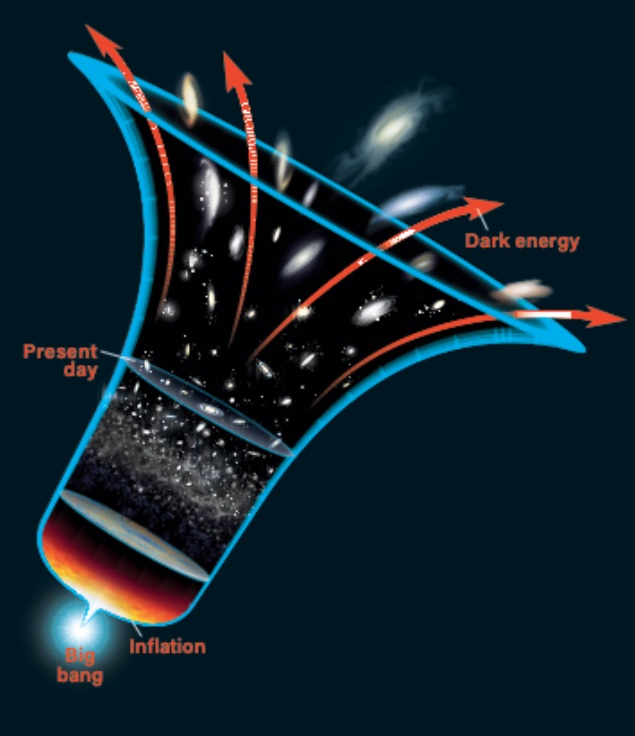
As I think Yogi Berra said, predictions are difficult to make, especially about the future. [Ed. note: The saying, often credited as a Danish proverb, was also reportedly used by the physicist Niels Bohr.]
As a cosmologist, 50 years from now, I am looking forward to Big Answers to the Big Questions about the universe. What is dark energy? What is dark matter? Why is the universe so flat? Did inflation happen? And more recent questions, like why the universe is expanding faster and appears smoother than our best model predicts.
Inflation is a powerful theory, and it is the leading hypothesis to explain certain features of the universe, like flatness, that are hard to explain otherwise. However, inflation has not yet been experimentally verified to a high degree of certainty. And because the theory is rather general with regard to observables, we have not been able to rule out alternative scenarios. These include the ekpyrotic universe, in which the Big Bang we observe is just one Big Bounce in a cycle of Big Bounces. Future data available in 2073 are likely to be far more definitive.
Fifty years is a fair fraction of the time or longer than we have had these questions, so I expect we will have at least one or two answers by 2073. (Please tell me the answers loudly because I will be 103 years old then.)
However, I would also predict we will have a few new questions by then to ponder.
Adam Riess is a cosmologist at Johns Hopkins University. He shared the 2011 Nobel Prize in Physics for the discovery that the expansion of the universe is accelerating.
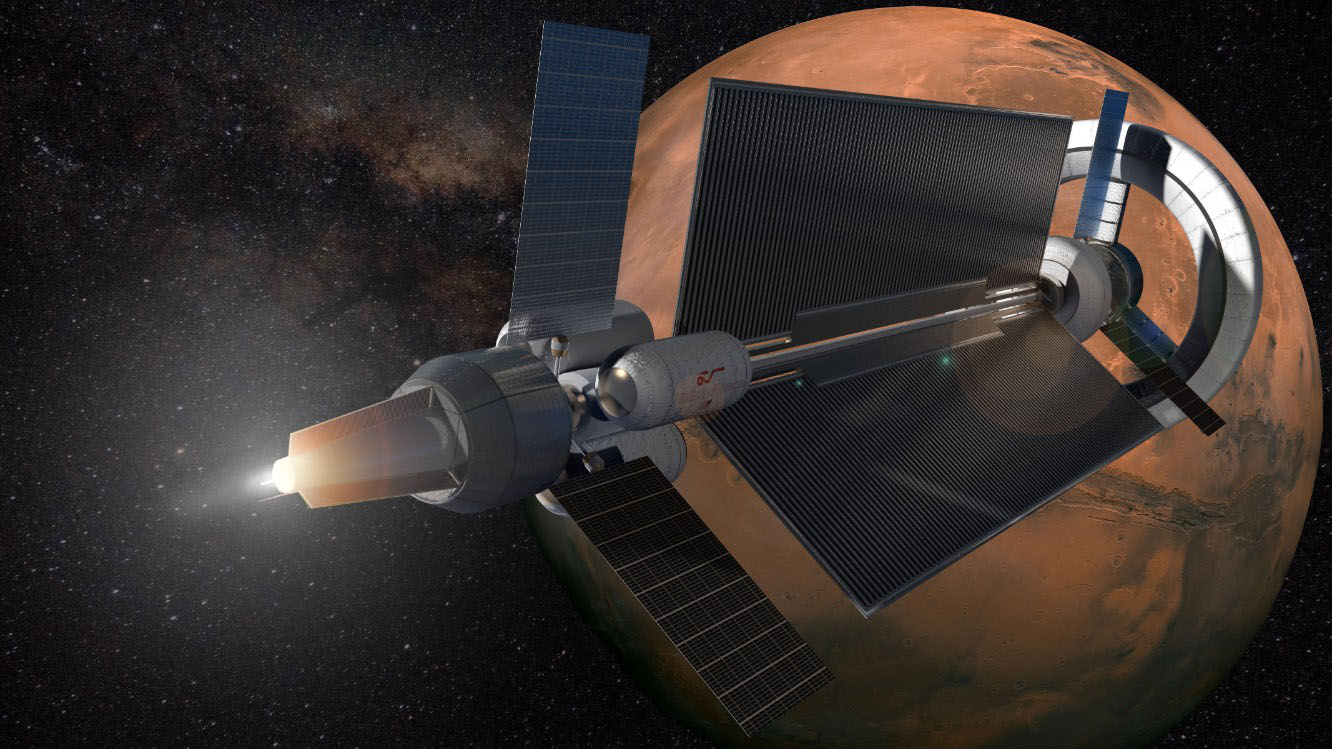
The whole solar system within reach
S. Alan Stern
In the next 50 years, I think that planetary science will advance in so many fundamental ways that it may be almost unimaginably more advanced than it is today. In fact, my prediction is that the advances from here to the 2070s will dwarf those from the 1970s to the 2020s, which is saying a lot.
By the ’70s, I expect we’ll have human exploration taking place on multiple worlds in the solar system, with Antarctic-like, semipermanent bases scattered around the globes of at least Luna and Mars. I also expect we may by then have much larger and more powerful launch vehicles, even fusion-based or high-power electric propulsion, making trip times an order of magnitude shorter than today. Just think: Mars in a few weeks, Pluto and the Kuiper Belt in a year!
I expect that by the 2070s, we’ll also see 100-meter-class telescopes on Earth, with many large time-domain telescopes (studying objects as they evolve over time and finding new ones), enormous radio and submillimeter arrays, and even airborne stratospheric observatories that will make a lot of today’s Antarctic astronomy obsolete. With those capabilities, we’ll catalog every last object of any consequence out to the inner Oort Cloud and be able to image everything out to the Kuiper Belt at geologically interesting resolutions that only spacecraft can provide today. And of course, the return of samples to Earth (or perhaps to off-Earth labs to protect our planet from possible harmful contamination) from a wide variety of locales will be routine.
But most of all, I expect that the art of doing planetary science will be fundamentally changed by artificial intelligence. By then, it will be so powerful that the work of science — data analysis and interpretation, coding and theory, and even writing papers — may be nothing like what planetary scientists do today.
And since biology is now advancing rapidly as well, there’s even a chance I might live to test all these predictions as an alert and productive 115-year-old! At least, I hope so.
S. Alan Stern is a planetary scientist and member of the U.S. National Science Board. He has led 14 NASA flight missions and science instruments, including New Horizons to Pluto and the Kuiper Belt.
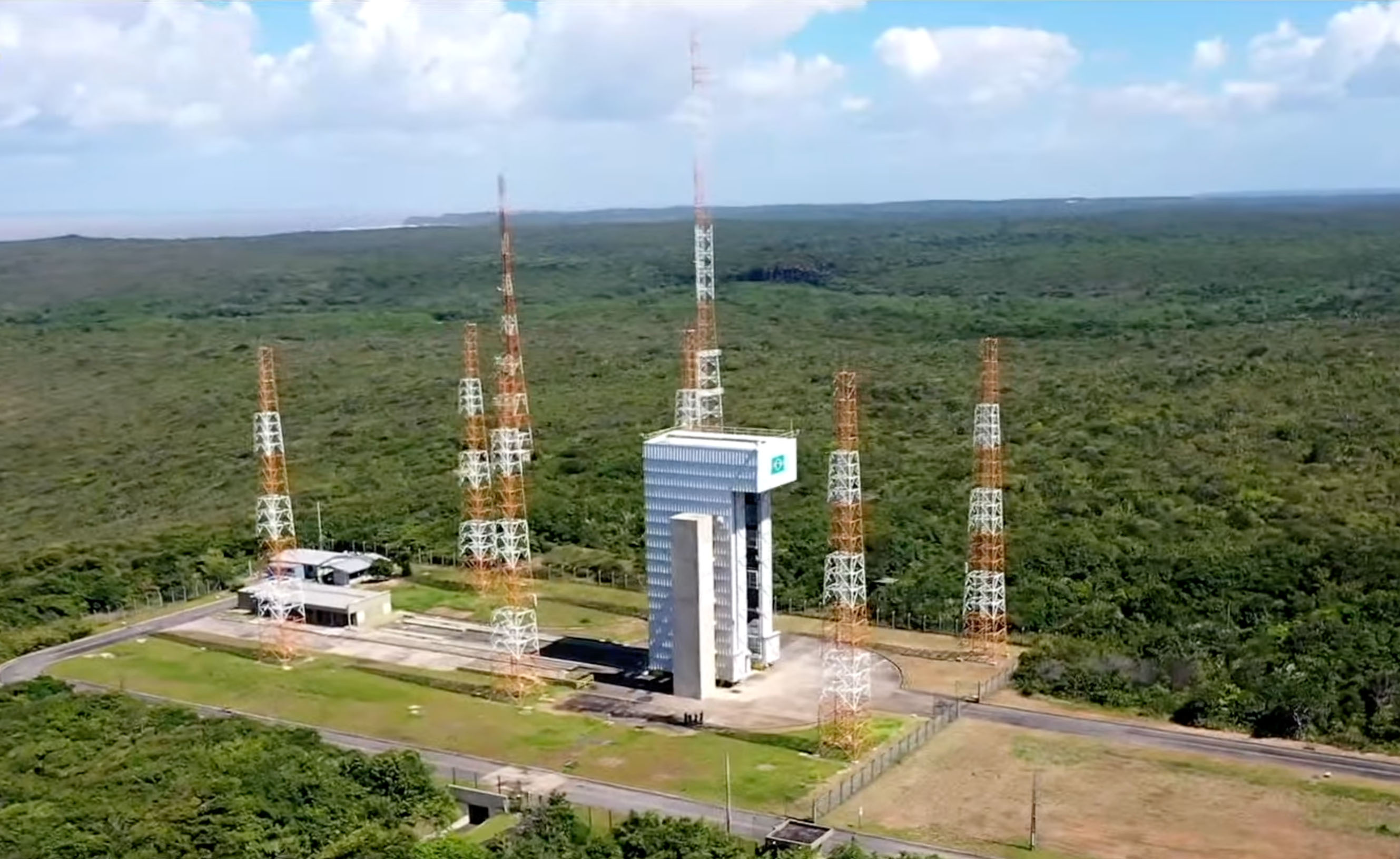
Resolving tensions
Chanda Prescod-Weinstein
As of 2023, astronomers have been arguing about how fast space-time is expanding for nearly a century. So I’m going to be real and say that I expect us to be arguing about this for another 50 years.
Today, astronomers are divided on the pace of the universe’s expansion, known as the Hubble constant. One camp finds that in the modern universe, two galaxies separated by 1 million parsecs (1 Mpc, or 3.26 million light-years) appear to recede from each other by roughly 73 kilometers per second. The other group, based on measurements of the early universe and our cosmological models, finds this rate to be around 68 km/s/Mpc. Yet a third type of measurement has landed at 69 km/s/Mpc.
The Hubble tension, as this debate is now known, is big drama with a high reward for the scientists involved. Whoever can make a truly compelling case for their number — one that stands the test of time — will be remembered for measuring the length of the largest ruler in the cosmos. And by 2073, perhaps we will also have a better sense of the physics that underpins cosmic acceleration — the increasing speed of space-time’s expansion.
But there are also interesting questions of how the next generations of astronomers will resolve questions like the Hubble tension. To survive the ongoing climate catastrophe, communities around the world will have to dramatically revise how we go about everyday life. From the mundane questions of daily water and transit use to the more extraordinary question of how we will understand the origins of the universe, no aspects of human activity are unaffected by the need to respond to climate change. That includes astronomy.
I hope that by 2073, those of us who develop and work with space telescopes will have found an alternative route to constructing them that does not involve working with large defense contractors whose weapons not only cost money that would be better spent on a sound social safety net, but also poison the environment. We will also need to think carefully about the impact that space launches have on local ecosystems, as well as peoples displaced by them, such as the Afro-Brazilian quilombola communities removed from their land for the construction of the Alcântara Launch Center.
By 2073, astronomers should also have developed a clear ethical framework for constructing ground-based facilities and seeking permission for using the land where we want to build. The struggle over the construction of the Thirty Meter Telescope on Maunakea shows that traditional approaches to building facilities on Indigenous lands do not engender good relations between astronomers and the communities that we work in. We can do better.
And we don’t have much time. Fifty years is not that far out into the future, and the time for us to start planning is now.
Chanda Prescod-Weinstein is an assistant professor of physics and core faculty member in women’s and gender studies at the University of New Hampshire. She is the award-winning author of The Disordered Cosmos: A Journey into Dark Matter, Spacetime, and Dreams Deferred (Bold Type Books, 2021).









